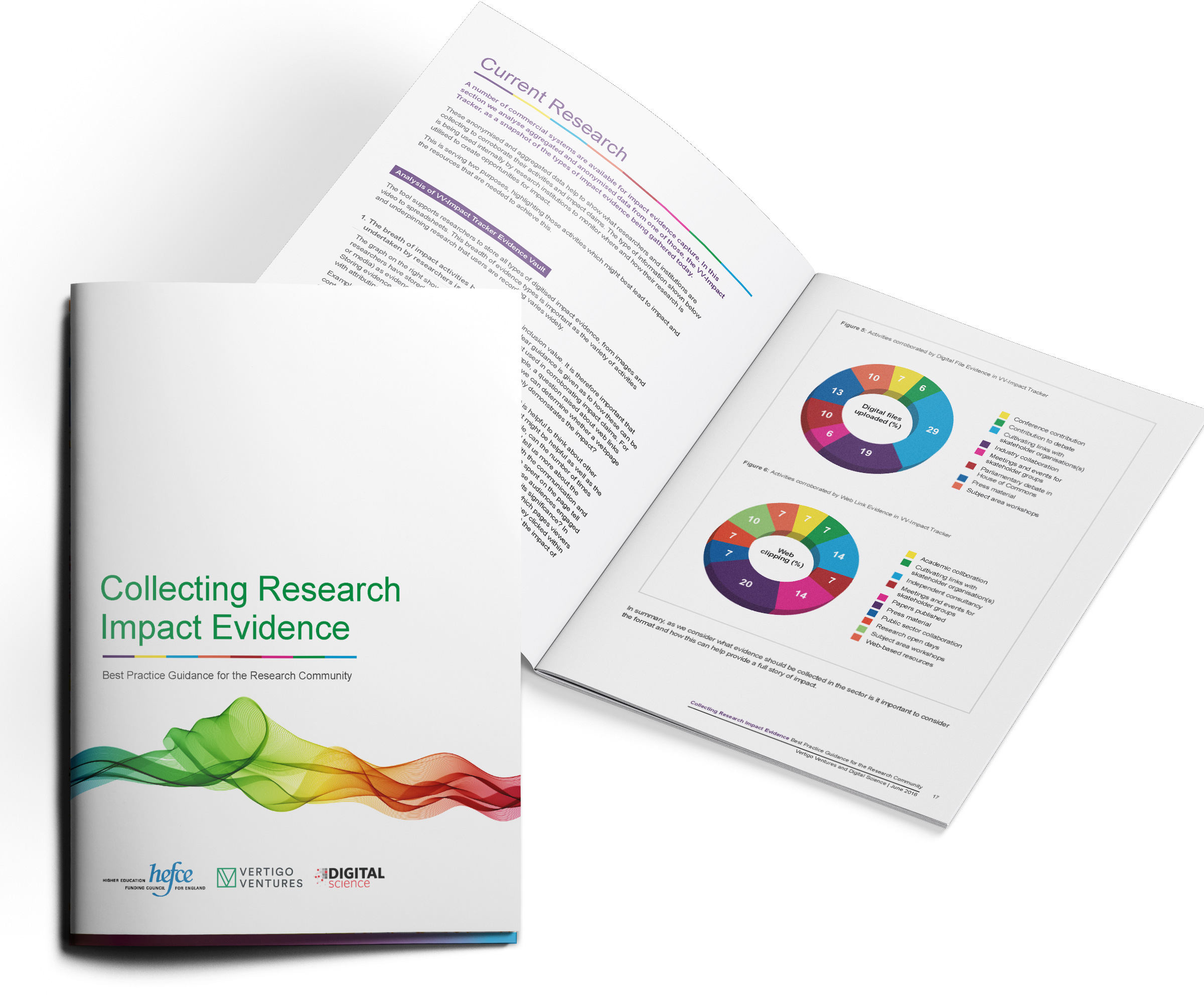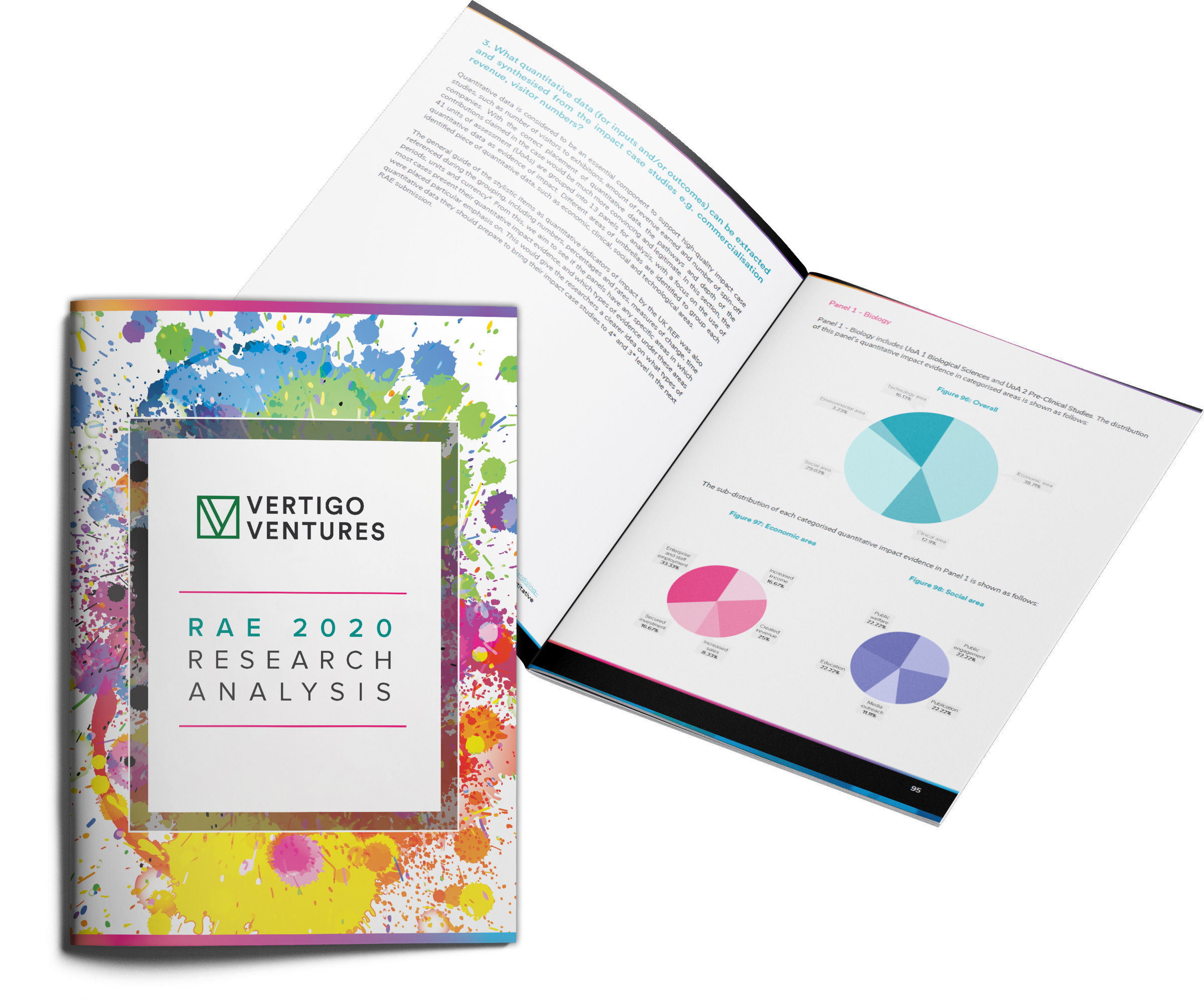Universities & Research Institutions
Helping you to capture and showcase exceptional research impact while boosting global reputation Get in touchCombine Technology and Expertise to Develop an Impact Culture and Boost Your Reputation
The explosion of research impact around the world has introduced a new dimension of challenge around conducting research.
Institutions are expected to showcase their sustainability credentials – but busy research teams rarely have the time or knowledge to consider and capture the impact of their activities as they go.
Whether you need to improve your impact reporting for compliance or funding purposes, want to upskill colleagues in impact and frameworks such as the SDGs, or seek to increase efficiency around impact data verification and evidence collection, our team and technology can help.
From planning through execution to reporting
Develop Understanding
Create an impact culture within your team and help educate your colleagues and senior leadership around the impact that matters to you – and how to capture and showcase it
Achieve Compliance
Comply with regulations, improve your performance against funding or quality-driven assessments such as the REF, RAE or EIA, and meet internal reporting requirements
Boost Reputation
Showcase your sustainability credentials – with evidence – and increase global standings, such as the THE Impact Rankings. Empower your colleagues to develop their impact CVs
Solve all your impact challenges
OPTIMISING Impact Case Studies
Producing high-quality Impact Case Studies (ICS) requires knowledge, collaboration, evidence and a robust feedback process. hivve can support you with international experience in delivering world-leading ICS, together with technology that streamlines the entire review process and enables evidence to be quickly associated, letting your team generate better results quicker.
hivve products for Impact Case Studies:
|
|
|
|
|
|
|
|
|
CAPTURING Data & Evidence
Collecting impact data and evidence as you go is vital for showcasing the impact that matters to you – and avoiding last-minute rushes gathering retrospective data before assessment deadlines. EvidenceVault and ImpactTracker have helped institutions worldwide securely capture impact data and evidence since 2014; TrackImpact lets you upload proof of your claims to a global stage.
hivve products for data/evidence capture:
|
|
|
|
|
|
|
|
|
PUBLISHING AND REPORTING
Your institution needs to showcase its impact as widely as possible – but it is very labour-intensive to collate your information, format and input this into all sorts of portals or reports. Our products readily export your impact data to numerous formats, such as national assessments or the Times Higher Education (THE) Impact Rankings, making the most of your existing work.
hivve products for publishing & reporting:
|
|
|
|
|
|
|
|
|
Developing SDGs & Impact Culture
Cultural shift is challenging in complex and fast-paced research environments, but essential in helping embed a focus on impact and Sustainable Development Goals (SDGs) into your team’s daily activities. ImpactAcademy provides your team the skills they need for managing impact, ImpactTracker streamlines the process, and TrackImpact aligns your work to the SDGs.
hivve products for SDGs & impact culture:
|
|
|
|
|
|
|
|
|
Lasting Impact Partnership


We have worked with the Times Higher Education (THE) since 2018, providing the methodology and helping to launch the world’s first global Impact Rankings in 2019. Our pioneering work mapped impact indicators to the UN’s Sustainable Development Goals (SDGs), creating a scalable framework to celebrate the best-in-class sustainability efforts from higher education institutions around the world. hivve currently sits on the THE Impact Rankings Steering Group and co-presents the Impact Rankings every year.
Analysing Research Impact in Higher Education


Collecting Research Impact evidence
This report – in conjunction with HEFCE (now part of UKRI) and Digital Science – examines best practice in gathering research impact evidence, with specific reference to the UK’s national assessment, the Research Excellence Framework (REF).


RAE 2020 Research Analysis
We undertook this analysis with partners in Hong Kong, examining various factors and avenues around the sorts of research impact featuring in the Hong Kong universities that were assessed by the Research Assessment Exercise (RAE) 2020.
Customers Feeling the Buzz
ImpactTracker is one of a kind.
It is a key tool to help you monitor impact over a long period of time. Vertigo Ventures (hivve) are also a great company to work with.


The Vertigo Ventures (hivve) team was very thorough and provided lots of context along with examples of successful planning and execution of case studies in the REF, for example. I was able to gain a really clear picture of how to understand and present impact within case studies, including effective formats and methods for including testimonials.


VV’s ImpactTracker platform has allowed me to save vital evidence to clearly demonstrate the impact of the project, and, it has also helped me to map out and assess the nature of that impact in terms of stakeholders. Had it not been available to me when the project began, I doubt I would be in such a strong position now.
Join our mailing list
and keep up-to-date with everything impact
